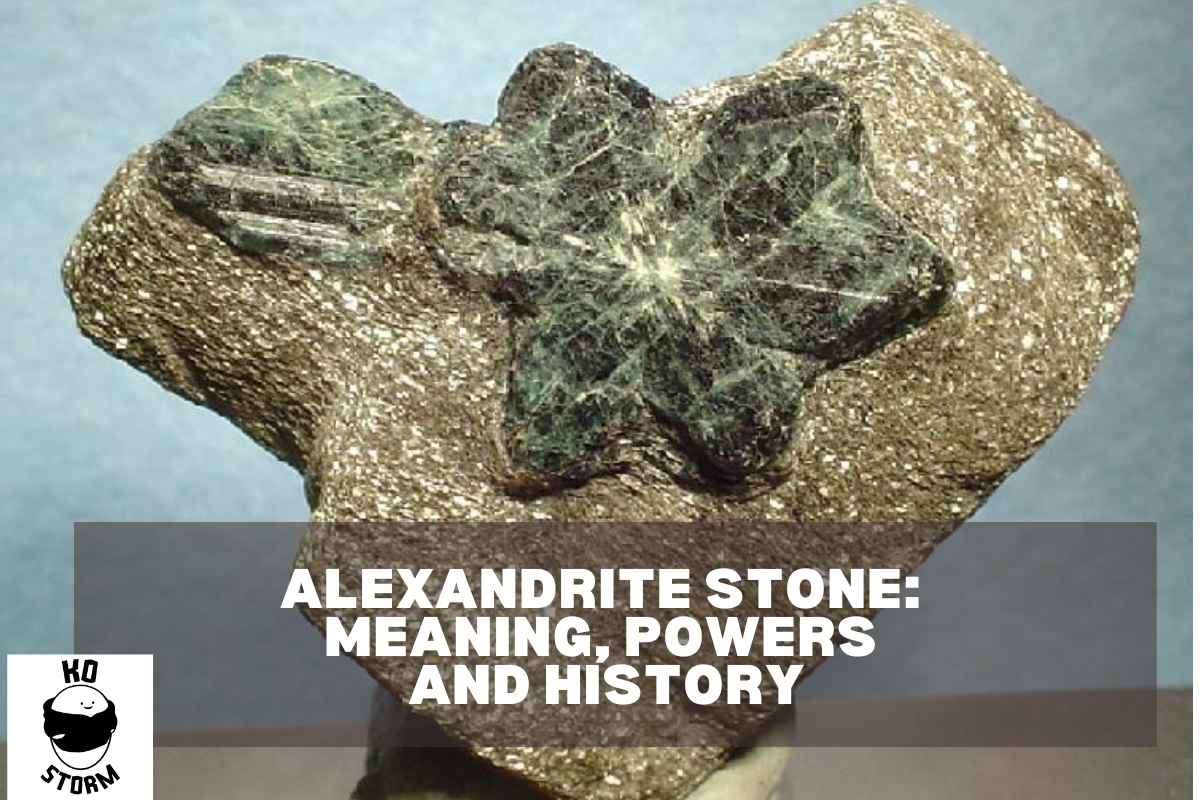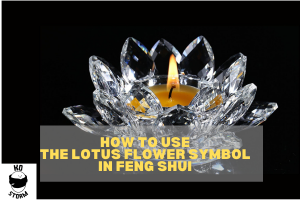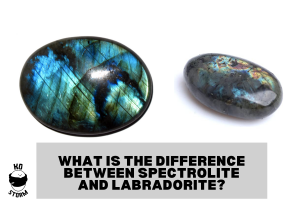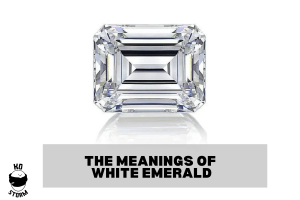History and Meaning of Alexandrite Stone
Alexandrite Stone is the birthstone for the month of June (along with the pearl ) and the Anniversary stone for the 55th year of marriage.
It is also considered Friday’s stone or the stone of “Friday’s Child.”
It is an extremely rare gemstone and a fairly modern one to boot.
It does not share the ancient history and lore of most other gems due to the fact that it was first discovered in the 19th Century.
The name Alexandrite comes from the fact that the gemstone was first discovered in the mines near the Tokovaya River in Russia’s Ural Mountains in 1830, on the day of Prince Alexander II of Russia’s birthday.
The story of the stone’s discovery goes like this: Miners were working alone in the mountains one day, collecting emeralds.

One miner gathered some stones, which looked like emeralds, and took them back to the camp at the end of the day.
But in the light of the campfire, the stones shone a brilliant shade of red!
The miners were perplexed.
When morning came and they saw that the stones were green again in the light, they realized that they had found a new and mysterious gem.
In 1839, the stones were identified and named “alexandrites”.
Because the stones appeared green or red, the same colors as Old Imperial Russia’s military colors, the stone became the national stone of tsarist Russia.
In time, alexandrite would become one of the most prized gemstones in Russian Aristocracy.
However, the abundance of alexandrites in Russia did not last forever.
Practically all of Russia’s alexandrite was mined during the 19th Century.
However, just when the gems were thought to be headed to extinction, even larger deposits were found in Ceylon, now Sri Lanka, the island south of India.
Later on, Brazil became another contributor to the world’s supply of stone.
Although Alexandrites were popular in jewelry salons in St. Petersburg, Russia, and Paris, France respectively, it was America’s Tiffany Company who seems to have been the most successful in popularizing the gem.
George Kunz was Tiffany’s master gemstone buyer and fell in love with this gem.
He traveled to Russia to find it.
Although no one knows the exact amount of the gem he purchased, Tiffany owned so many that it controlled the market for the stone for decades.
The mineral was very rare for much of the 20th Century. In 1987, Hematita was discovered in Minas Gerais, Brazil.
A major discovery was made at the border of Tanzania, Mozambique in 1993.
The Mystical Powers Of Alexandrite
*This information is provided for entertainment and references only.
It is based upon centuries of folklore. Most of it comes from the birthstones of loved ones or your favorite combination.
This information is not intended to be used as medical advice.
You should consult a qualified doctor if you have any questions about the listed illnesses.
Since the discovery of alexandrite, the gemstone has been thought to bring luck, good fortune and love.
In Russia, it is considered to be a stone of very good omen.
It is believed to bring balance in the interaction between the physical manifest world and the unmanifest spiritual, or astral world.
It opens the crown chakra, bringing one access to the warm, healing energy and love of the universe.
It is also said to strengthen intuition, creativity, and imagination.
Alexandrite encourages romance.
It is also said that through the stone, joy enters the lives of people with too much self-discipline.
The stone reminds us of our purpose in life and our origin.
It gives hope to those who are in despair about their lives. It brings strength and constantly reminds them of the light. With its changing color, it is a reminder that life is not only what it seems to be.
There are many ways alexandrites are said to aid in physical ailments.
They are recommended for those recovering from surgery or a prolonged illness.
They have the ability to aid the system in restoring internal and physical energy.
They may also be of value to those who face chronic disorders.
Contemporary practitioners of crystal healing claim the gemstone is helpful in treating afflictions of the spleen and pancreas as well as the regeneration of neurological tissues and in treating Leukemia.
Alexandrites can also be beneficial for emotional well-being.
They promote self-esteem and appreciation of the world around you.
The stone helps one to develop “inner energy changes”, which correspond with maturation and age.
Alexandrites are good for focusing on oneself.
Metaphysicians suggest that alexandrite crystals can be used to connect to the beginning of one’s development and help one to return to the origins of time.
you may want to read: What Are Chakras, and How Can You Unblock Them?
Science and Physical Properties of Alexandrite
Alexandrite is a type of the mineral Chrysoberyl.
Alexandrite is different than other types of minerals such as a cat’s eye.

This is due to the presence of iron and titan. However, it also contains chromium.
The gemstone’s green color is due to this combination of elements.
Although Alexandrite is a color, it’s more common to be yellowish or brownish-green.
An alexandrite’s most valuable shades of green are “emerald”, “grass”, splendid or elegant” and ” garnet ” or “ruby “.
The red shade of alexandrite is called ” ruby,” columbine, ” garnet”, raspberry, or “fierce”.
The stone will be more expensive if it is more opaque.
Clearer stones are described as “dull grass”, grayish, opaque, or olive, while red shades may be called “murky, cinnamon and Venetian, dull coral or brownish”.
Alexandrite has the unique ability to change its color when exposed to light sources that are rich in red rays.
Pleochroism is the name for this metamorphosis.
The stone will turn reddish or reddish under artificial or candlelight.
This dramatic color change is extremely valuable.
Brilliant green alexandrites, which change to fiery red when exposed to light, are the most valuable.
The most dramatic color changes are most desirable.
It’s like watching a traffic light change colors.
There is usually a color bleed between the two colors or too much impurity in the beginning to allow such drastic color changes.
The most valuable Alexandrites are from Brazil.
They have a 100% color change and are highly prized.
This color change characteristic has earned the stone the name ” during daylight hours and at night”.
This color change is also seen in sapphire and tourmaline. However, alexandrite displays the most dramatic.

Alexandrite is typically found in sizes less than five carats.
Larger sizes will usually command a higher price and are generally considered larger than five carats.
Some of the most massive Alexandrites are found in Ceylon, weighing as much as 60 carats.
These stones have a darker color.
Alexandrite is a durable, hard stone that has a rating of 8.5 on the Hardness Scale. Only then , and corundum can surpass it in hardness.
Because it is one of the rarest gems in the world, the Alexandrite is among the most expensive gemstones.
Alexandrites have been found in Russia and in Brazil, though the Brazilian stones do not display as rich a green color as the Russian stones have been known for.
They are also found in Sri Lanka, however there as well, the color shades of the stones are not as bright as the Russians.
Since the mid-1990s, Southern Tanzania has been producing alexandrite.
It has also been found in Zimbabwe, Burma, India, and Madagascar.
Caring for your Alexandrite Jewelry
Alexandrite is rated “excellent” for everyday wear however one must still use caution and protect it from harsh chemicals, extreme temperatures, and scratches.
The best way to clean the stone is with mild dish soap and warm water, using a soft toothbrush.




